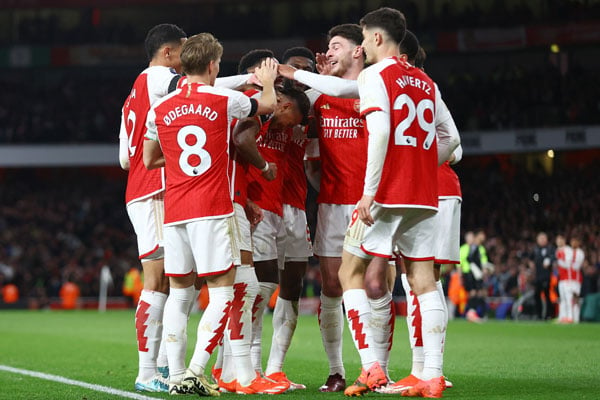Cranes: Numbers game is sorted, now onto the passing culture

Uganda Cranes coach Micho should do something more intrinsically worthy for the country he loves to call home
Obliged to explain the rare failure to win a home game, Micho Sredojevic pointed to the relative lack of experience within the ranks of the Uganda Cranes side he had put out there.
The young but budding football rivalry between Uganda and Rwanda, Micho’s own history with these particular visitors, and a public that has come to take wins at Namboole for granted all put aside, there was no need for the national football coach to feel he was in the dock; there was no allusion to serious crime here.
Wins are of course good for team psyche and momentum but, above and beyond that, one on Saturday would have served to keep pending an issue which will still need critical addressing even after a 14th Cecafa trophy has been allocated a slot in a cabinet which is the envy of the region.
He will be disappointed with the result undeniably, but Micho should welcome the reminder the Amavubi provided about the midfield muddle this nation is yet to successfully navigate.
As far as formations or systems go, Micho has adopted the most practical and effective one for international football in current times, an important step for which he ought to get his credit.
Within the realms of football dynamism and the constantly evolving demands of the game, the formations or systems with which today’s coaches set out their teams are not of the rigid, cast-in-stone type of yester year, but flexible and adaptable ones that can change during the courses of games depending on scorelines, the clock or the challenges that the opposition presents.
The numbers
In essence what starts out as, say, a 4-5-1 can evolve into a 4-3-3 when two of the designated midfielders move forward to support the lone striker on either side, or morph into a 4-4-2 if only the one most advanced of the midfielders is asked to move forward to partner the lone wolf (some will brand that a 4-4-1-1 if the this advanced man then plays off that main striker rather than alongside him.)
For the more tactically detailed and specific this 4-5-1 could be broken down into a 4-2-3-1 or a 4-3-2-1 depending on how much emphasis the coaches or the practical demands of the game are putting on defensive or attacking roles in midfield, and on and on …
Even if these details exist in all their manuals and private notes, on the pitches coaches wont complicate matters and what is generally vital is the grasping of the importance of numbers in midfield, cue Micho’s deployment of three in the middle and two out wide on Saturday, with Emmanule Okwi as the lone wolf upfront.
Where Bobby Williamson on many occasions had natural strikers like Okwi and Hamis Kiiza playing on either side of Geoffrey Massa in an attacking 4-3-3, Micho gave the team more balance against Rwanda by having natural wide midfielders Vincent Kayizzi and Brian Majwega to go along with the central three; and it was commendable that those two did not get glued to their respective touchlines but frequently switched sides so as to cut inside onto their favoured feet instead of predictably run to corner flags to cross.
The approach
After playing the numbers game well, the issue Uganda then he has to get right is the approach of those three central midfielders, and that’s where Micho’s challenge is.
Whether it has been the Hassan Wasswa-Kizito Baba-Tony Mawejje trio for the World Cup and Nations Cup qualifiers, or Oscar Agaba, Ayub Kisaliita and Joseph Mpande for a friendly as was the case on Saturday, Uganda has passed the numbers test but still not been able to control games. Even when one of the three central men has been a player with sleeker feet - a Mike Serumaga, Martin Mutumba or Said Kyeyune - The Cranes have still not dictated the tempo.
Those before him have failed miserably in those stakes, and Micho has to cultivate the culture of passing and possession, one in which those three central midfielders and the two wide men are always available to support each other and share the ball without fear, rather than be in a hurry to rid themselves of it or throw it forward.
Elsewhere in the world this culture has been nurtured at lower level and showcased on the big stage by their national teams. Even here, we can’t run away from the fact that we have to inculcate that passing and possession culture in our schools, youth set ups and clubs if we are to entrench it rightly and permanently.
But we are also in the unique position of having a national team with more attention, facilitation and all else than all else, one that can and should set the tone and trigger a trickle-down, the example(s) they set being picked up by the coaches, players and a Ugandan populace that religiously follows their every step.
Winning CECAFAs and qualifying for CHANs bulges a coach’s CVs and has furthered his many predecessors’ careers. But Micho no longer needs those kinds of successes to find a job (he was hired by Uganda even after they beat up on his Rwanda in a Cecafa final, replacing the man who inflicted that defeat), and so he should do something more intrinsically worthy for the country he loves to call home.




